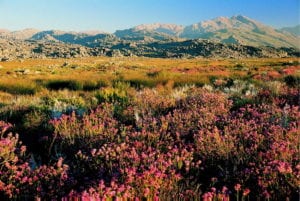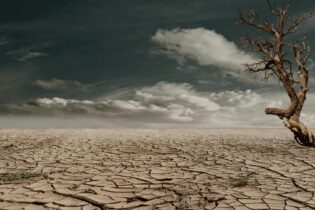The United Nations Education, Scientific and Cultural Organisation (UNESCO) on 3 July this year approved the extension of the Cape Floral Region Protected Areas World Heritage Site. This approval was granted by the 39th Session of the Unesco’s World Heritage Committee taking place in Bonn, Germany from 28 June to 08 July.
Cape Floral Region The extended Cape Floral Region is one of the richest areas for plants when compared to any similar sized area in the world. It represents less than 0.5% of the area of Africa but is home to nearly 20% of the continent’s flora with some 69% of the 9 000 identified plant species being endemic to the area. The Cape Floral Region is one of the eight South African World Heritage Sites with the other seven being:- Fossil Hominid Sites of South Africa
- iSimangaliso Wetland Park
- Robben Island
- Maloti-Drakensberg Park (Transboundary with Lesotho)
- Mapungubwe Cultural Landscape
- Vredefort Dome
- Richtersveld Cultural and Botanical Landscape
The extension also marks a new era in South Africa’s listing of World Heritage Sites.
The last time South Africa had a site added the World Heritage List was in 2007 when the Richtersveld Cultural and Botanical Landscape was inscribed. Since then, the government shifted its focus to improving the management of the sites that are already on the list, putting in place measures to minimise environmental challenges in those areas. As a result, no new nominations were submitted to UNESCO from 2007 until now. The extension of the Cape Floral Region is the first nomination to be submitted after the development of the Procedure for Nomination of World Heritage Sites. As new nominations are also being compiled, it is envisaged that in the next few years the number of World Heritage Sites in South Africa will increase and thus increasing the size of the conservation estate. Environmental Affairs response In accepting the approval of the extension, the deputy minister of Environmental Affairs Barbara Thomson said, “South Africa is delighted to add more protected areas to its portfolio of world heritage properties. The country has in the last few years learned a few lessons in management of its world heritage sites and has through its engagement with the committee and the advisory bodies achieved high standards of conservation to levels expected by UNESCO.”







